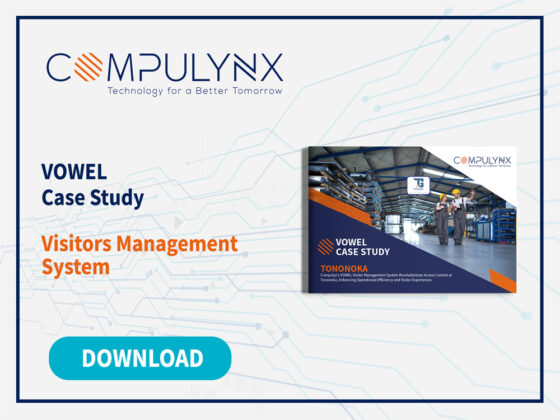Onboarding a new customer in banking and financial institutions can involve days of information gathering, completing the application, verifying identity, printing or emailing, and waiting for the customer to sign and return the documents. Every passing day raises the risk of the customer becoming frustrated and finding a faster competitor. In addition, manual paperwork invites mistakes that incur further costs and delays. For banks and financial institutions, these opportunity and productivity costs can add up to millions annually. COMPAS Digital Onboarding process can help drive competitive advantage in banking.
Focusing your digital transformation efforts on these three principles will help banks and financial institutions create a more competitive customer onboarding experience.
- Verify Identity Digitally
When it comes to account setup, regulation mandates that the consumer’s identity and consent to authorize must be verifiable. The key to meeting this regulation is identifying the signer and attributing their signature to a unique electronic document. Phone and SMS authentication are common ways to verify identity, but banks and financial institutions also have another powerful authentication option: digital ID Verification.
With COMPAS Digital Onboarding Solution, customers can upload images of official IDs to prove their identity, banks and financial institutions can extract information from these IDs (name, address, photo) and store it in a system of record for audits or future verification purposes. The solution also provides the ID Document template verification which helps banks and financial organizations prevent fake document ID uploading facilities in the system.
Also, during the customer remote onboarding or registration process, the solution provides additional functionalities like real-time face image capture, liveliness detection of the captured image, and compare the face image with the photo available in the ID document. Biometric Face Verification can be done using the remote solution before any online transaction on a real-time basis.
During the customer in-branch, onboarding, or registration process software providers such as CompuLynx provides the biometric fingerprint template image capture in our biometric system, identify the image to determine whether the image duplicate with another existing image or not. Biometric Fingerprint Verification can be done using CompuLynx in-branch multiple channel solution before any transaction is done in the branch through any digital channel on a real-time basis.
- Insist on Full Compliance across your Digital Process
With increasingly digital and automated processes comes new challenges and opportunities for regulatory compliance. The right contract technology is built for both. By integrating specific information requests into the interfaces customers use for onboarding, banks, and financial institutions can make the KYC (Know Your Customer) process faster for customers and less costly. Full audit trails, available on-demand, provide the ability to view and report on who gave consent and when helping you deliver evidence of regulatory compliance. Meanwhile, completed agreement documents are stored in a secure, high availability system and can be easily retrieved when needed. And, the underlying technology infrastructure has the security, privacy, and reliability standards that meet banks and financial institutions who need to ensure. To regulators, the message should be clear you are using new technologies not only to fulfill but to enhance consumer protections and regulatory compliance.
- Make it Simple and Avoid Disruptions in the Process
With digital onboarding, banks and financial institutions, require the validation of identities. This means that even after a customer has signed up and provided their personal information, they must also present physical information either by post, or in-person at a branch to validate who they are. Statistics show that more than half of consumers would be more likely to apply for a product if the process was 100% online. Requiring paper-based identification disrupts this process entirely. Banks and financial institutions have to keep the flow going to keep the customer.
In conclusion, delivering a well-developed onboarding experience lays the foundation for a fruitful relationship between new customers and your company. While the stakes are high during this formative stage, following customer onboarding best practices can help your new clients see the value of your work and ensure they are using the product to its fullest potential. By instituting these methods into your enterprise, you can deliver value to your customers faster and increase overall customer engagement. All of this plays a key role in helping you to develop customer advocates and drive customer-centered growth.
By Carolyne Rabut
Content Marketing – CompuLynx




